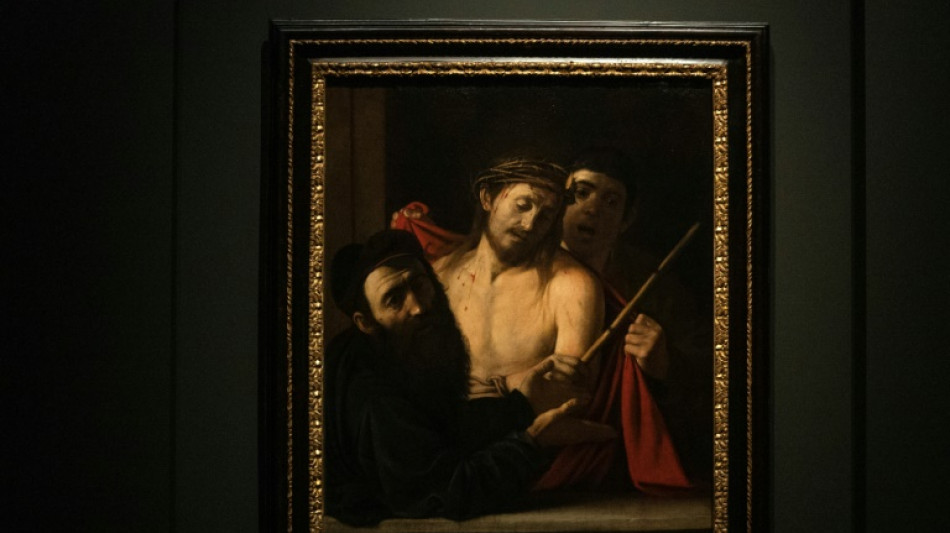
-
 New York City beat Charlotte 3-1 to advance in MLS Cup playoffs
New York City beat Charlotte 3-1 to advance in MLS Cup playoffs
-
'Almost every day': Japan battles spike in bear attacks

-
 MLS Revolution name Mitrovic as new head coach
MLS Revolution name Mitrovic as new head coach
-
Trump gives Hungary's Orban one-year Russia oil sanctions reprieve

-
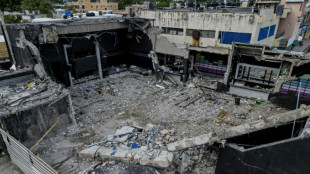 Owners of collapsed Dominican nightclub formally charged
Owners of collapsed Dominican nightclub formally charged
-
US accuses Iran in plot to kill Israeli ambassador in Mexico
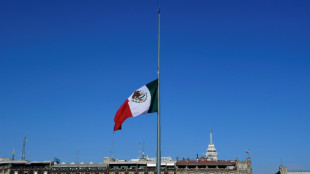
-
 New Zealand 'Once Were Warriors' director Tamahori dies
New Zealand 'Once Were Warriors' director Tamahori dies
-
Hungary's Orban wins Russian oil sanctions exemption from Trump

-
 More than 1,000 flights cut in US shutdown fallout
More than 1,000 flights cut in US shutdown fallout
-
Turkey issues genocide arrest warrant against Netanyahu

-
 Countries agree to end mercury tooth fillings by 2034
Countries agree to end mercury tooth fillings by 2034
-
Hamilton faces stewards after more frustration
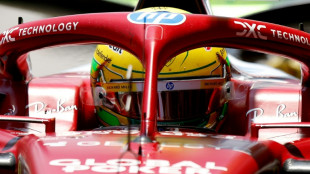
-
 World's tallest teen Rioux sets US college basketball mark
World's tallest teen Rioux sets US college basketball mark
-
Trump pardons three-time World Series champ Strawberry

-
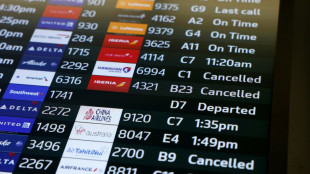 Worries over AI spending, US government shutdown pressure stocks
Worries over AI spending, US government shutdown pressure stocks
-
Verstappen suffers setback in push for fifth title

-
 Earth cannot 'sustain' intensive fossil fuel use, Lula tells COP30
Earth cannot 'sustain' intensive fossil fuel use, Lula tells COP30
-
Wales boss Tandy expects Rees-Zammit to make bench impact against the Pumas

-
 James Watson, Nobel prize-winning DNA pioneer, dead at 97
James Watson, Nobel prize-winning DNA pioneer, dead at 97
-
Medical all-clear after anti-Trump package opened at US base

-
 Sabalenka beats Anisimova in pulsating WTA Finals semi
Sabalenka beats Anisimova in pulsating WTA Finals semi
-
Iran unveils monument to ancient victory in show of post-war defiance
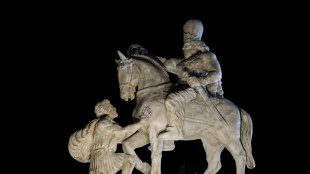
-
 MLS Revolution name Mitrovic as hew head coach
MLS Revolution name Mitrovic as hew head coach
-
Brazil court reaches majority to reject Bolsonaro appeal against jail term
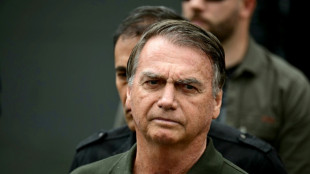
-
 Norris grabs pole for Brazilian Grand Prix sprint race
Norris grabs pole for Brazilian Grand Prix sprint race
-
More than 1,200 flights cut across US in govt paralysis

-
 NFL Cowboys mourn death of defensive end Kneeland at 24
NFL Cowboys mourn death of defensive end Kneeland at 24
-
At COP30, nations target the jet set with luxury flight tax

-
 Trump hosts Hungary's Orban, eyes Russian oil sanctions carve-out
Trump hosts Hungary's Orban, eyes Russian oil sanctions carve-out
-
All Blacks 'on edge' to preserve unbeaten Scotland run, says Savea

-
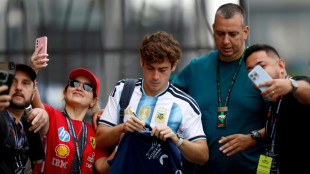 Alpine say Colapinto contract about talent not money
Alpine say Colapinto contract about talent not money
-
Return of centuries-old manuscripts key to France-Mexico talks

-
 Byrne adamant Fiji no longer overawed by England
Byrne adamant Fiji no longer overawed by England
-
Ex-footballer Barton guilty over 'grossly offensive' X posts
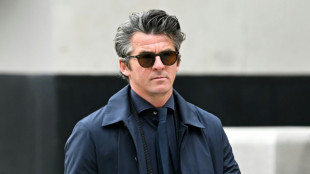
-
 Key nominees for the 2026 Grammy Awards
Key nominees for the 2026 Grammy Awards
-
Brazil court mulls Bolsonaro appeal against jail term
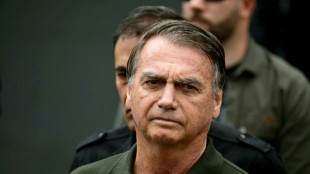
-
 Rybakina sinks Pegula to reach WTA Finals title match
Rybakina sinks Pegula to reach WTA Finals title match
-
Earth 'can no longer sustain' intensive fossil fuel use, Lula tells COP30

-
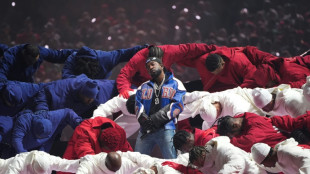 Kendrick Lamar leads Grammy noms with nine
Kendrick Lamar leads Grammy noms with nine
-
Ex-British soldier fights extradition over Kenyan woman's murder
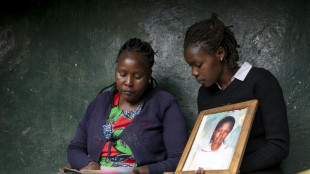
-
 Kolisi to hit Test century with his children watching
Kolisi to hit Test century with his children watching
-
Alex Marquez fastest in practice ahead of Portuguese MotoGP

-
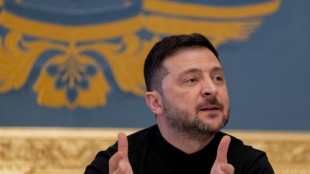 Will 'war profiteer' Norway come to Ukraine's financial rescue?
Will 'war profiteer' Norway come to Ukraine's financial rescue?
-
Tech selloff drags stocks down on AI bubble fears

-
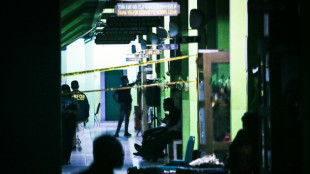 Blasts at Indonesia school mosque injure more than 50
Blasts at Indonesia school mosque injure more than 50
-
Contepomi says lead-in to Wales match a 'challenge' for Argentina

-
 Greece woos US energy deals, as eco groups cry foul
Greece woos US energy deals, as eco groups cry foul
-
Frank says Spurs supporting Udogie through 'terrible situation'

-
 MSF warns of missing civilians in Sudan's El-Fasher
MSF warns of missing civilians in Sudan's El-Fasher
-
Norris on top as McLaren dominate opening Sao Paulo practice


Spain unveils 'lost Caravaggio' that nearly sold for a song
A painting by Italian master Caravaggio, once mistakenly thought to be by an unknown artist and nearly auctioned off for a song, was unveiled at Madrid's Prado Museum on Monday.
Painted between 1605-1609, the dark, atmospheric canvas depicts a bloodied Jesus wearing a crown of thorns, his hands tied, as he is presented to the crowd by the Roman governor Pontius Pilate just before his crucifixion.
Entitled "Ecce Homo" -- Latin for "Behold the Man" -- it is one of around only 60 known works by the Renaissance artist.
Three years ago, a Madrid auction house had been due to put the canvas under the hammer with an opening price of 1,500 euros ($1,800 at the time), mistakenly attributing it to an artist from the circle of 17th-century Spanish painter Jose de Ribera.
But just hours before the auction, the culture ministry blocked the sale on concerns it was actually painted by Michelangelo Merisi da Caravaggio, whose works are worth millions.
The last-minute intervention came after the Prado said it had "sufficient documentary and stylistic evidence" to suggest the canvas was a Caravaggio.
The artist, who lived a violent and chaotic life (1571-1610) pioneered the Baroque painting technique known as chiaroscuro, in which light and shadow are sharply contrasted.
Earlier this month, the museum said experts confirmed the painting was "without doubt, a Caravaggio masterpiece", calling it "one of the greatest discoveries in the history of art".
Now restored, the old master artwork went on display to the public for the first time Monday in a one-piece exhibition called "The Lost Caravaggio". It will remain on display for nine months.
- 'Extremely important' -
The exhibition was made possible by the "generosity" of its new owner, who agreed to temporarily lend the work, the museum's director Miguel Falomir told a news conference on Monday, without revealing who it was.
The painting's emergence is "extremely important for the history of art because there has been no new work by Caravaggio had been identified for more than 45 years", explained David Garcia Cueto, who is responsible for Italian paintings at the Prado.
Experts who have studied its history say this oil on canvas became part of the private collection of Spain's King Felipe IV in the mid-17th century before being put on display at the residence of his son, Charles II.
It was then bequeathed to the San Fernando Royal Academy of Fine Arts near Madrid's central Puerta del Sol before being passed on to Spanish diplomat and later premier Evaristo Perez de Castro in 1823.
When he died, it passed to his descendants, only to disappear from view for nearly two centuries until it resurfaced in April 2021.
Its reappearance stunned Caravaggio experts who were "absolutely unanimous" in their recognition of the painting's provenance, Cueto said.
"All the Caravaggio specialists are in agreement which means we are certain that this is a painting by the great master of this period," he said.
- 'Clearly a Caravaggio' -
Art historians use various methods to determine the legitimacy of an artwork, including forensic examination of the canvas and paint to determine its age, the technology and styles of the era it was created in, and the techniques of the artist or their students.
One expert involved in the authentication process was Maria Cristina Terzaghi, an art history professor from Italy's Roma Tre University who said the canvas underwent "radiographic" techniques and a "meticulous examination".
She flew into Madrid after the auction was halted, saying her examination left her in no doubt: "It was clear it was a work by Caravaggio," she told AFP at the time.
For her, the evidence was ample: from "the head of Christ" to the glow of his torso, the colour of his cloak and "the three-dimensional nature of the three figures, who are offset in a transition that is almost cinematic".
Spanish media reports said the owner was a British national living in Spain who had paid 36 million euros ($39 million) for the 400-year-old canvas.
"The painting won't end up in the home of the buyer" who wants to loan it to "public art collections for now," Jorge Coll, head of London's Colnaghi art gallery which handled the sale, told El Pais daily.
But Prado director Falomir said its future was in the hands of its owner.
"It is a privately-owned artwork so the owner will have the last word," he said.
Z.Ramadan--SF-PST
